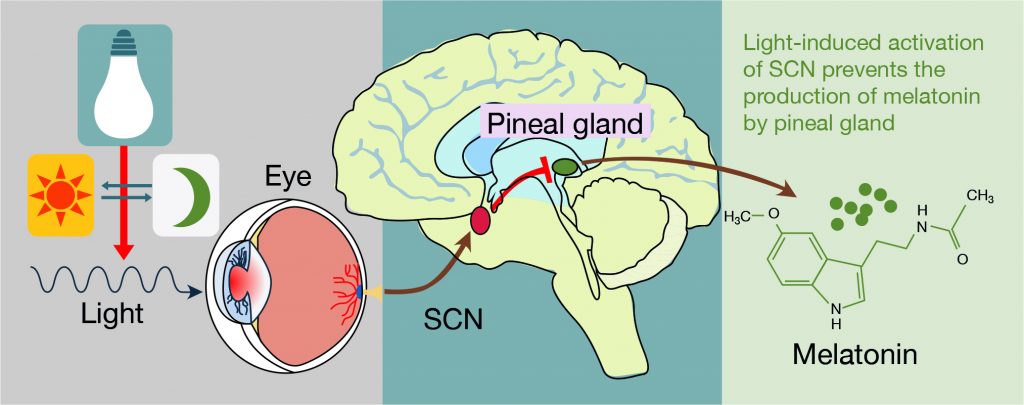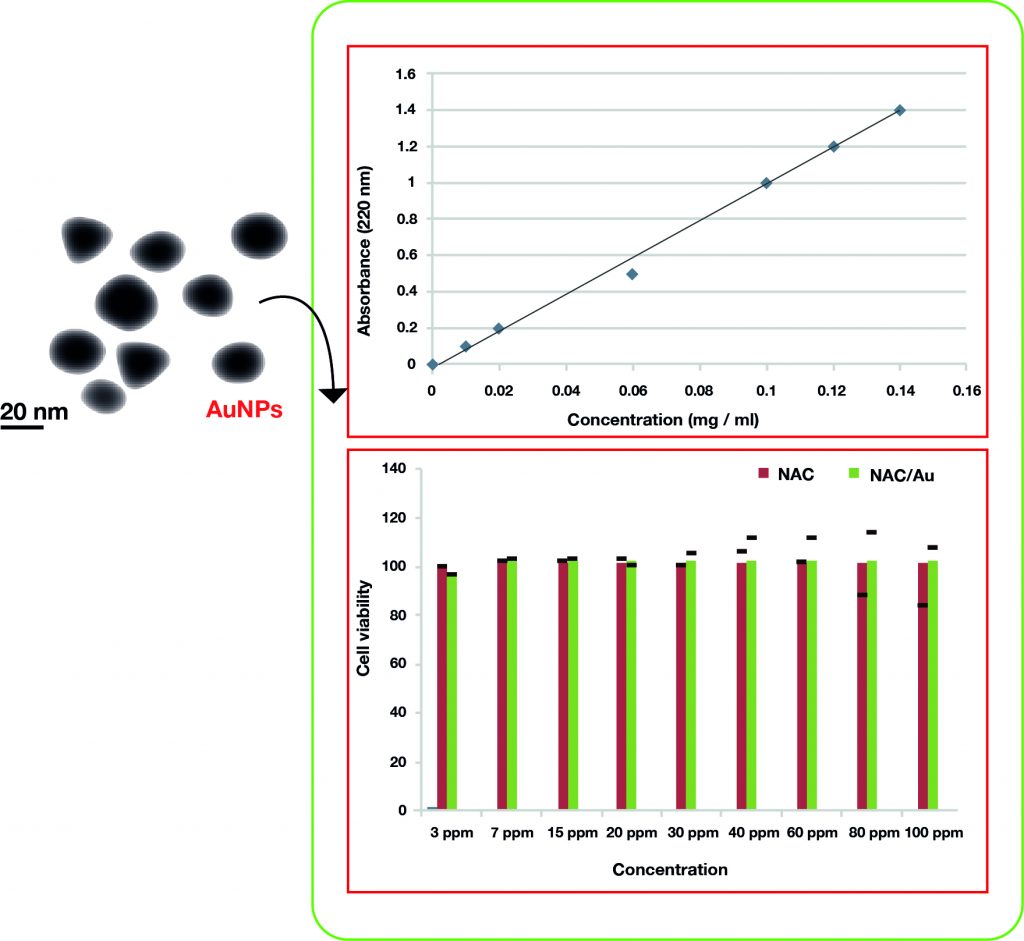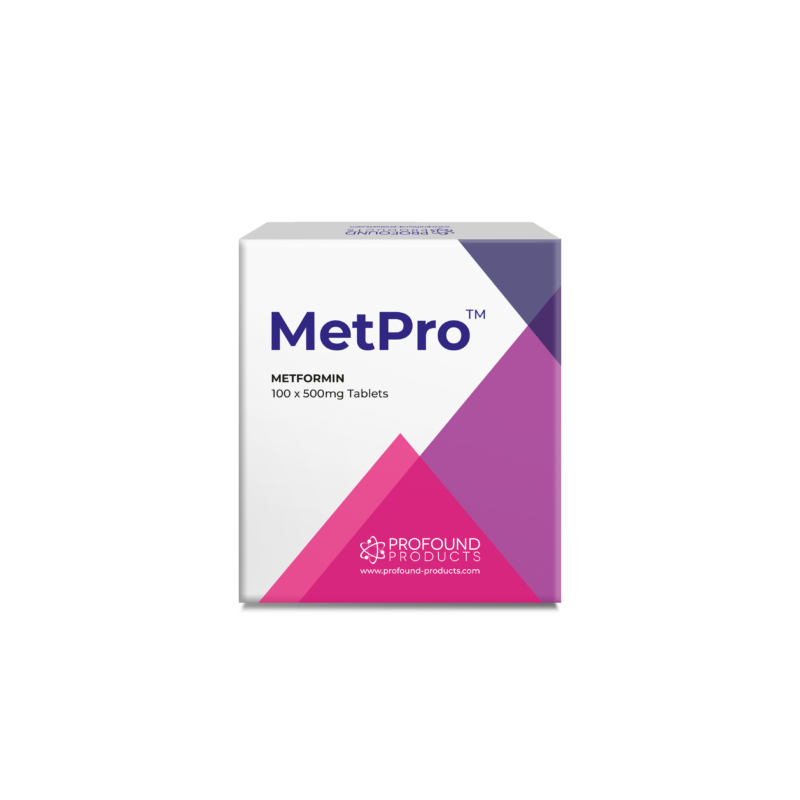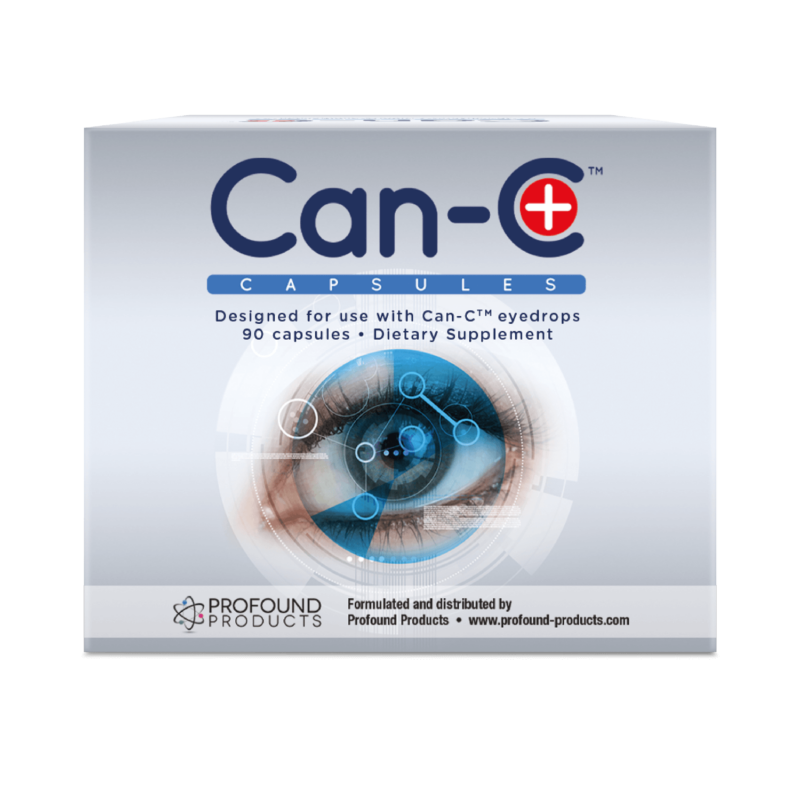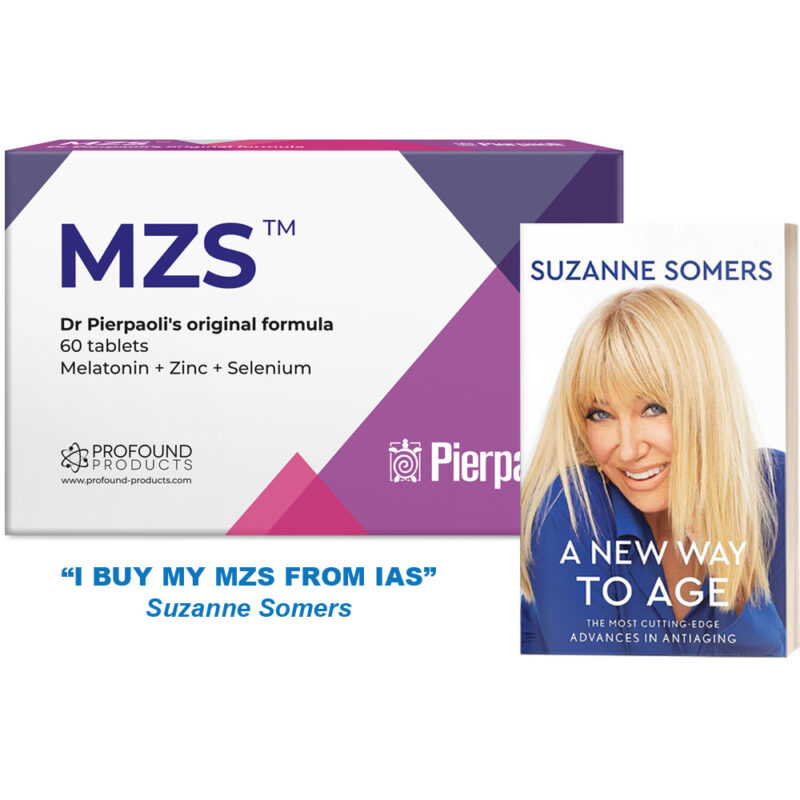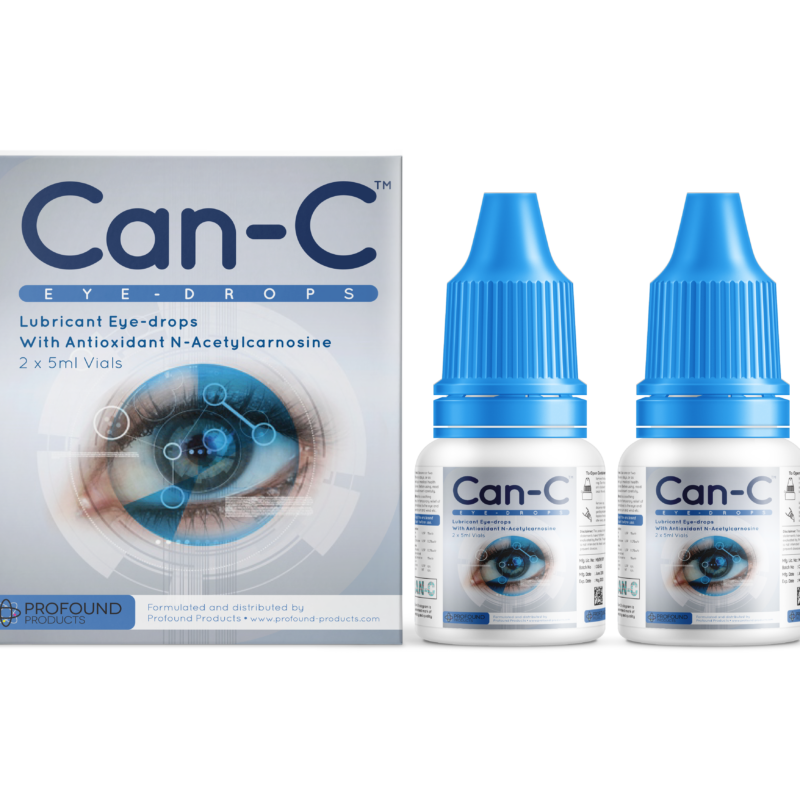The Eyesight Saviors
The progress of medical research in general, is astounding. New developments come to confirm or reject previous research and it is difficult for any member of the public to keep in touch with the latest research. For this reason, I am presenting here an update on the most recent findings regarding treatments for age-related eye conditions. This article complements and enhances my book ‘the Eyesight Saviors’ which has recently been launched.
Melatonin
It is well known that melatonin plays an important role in the eye. A few months ago, researches have shown that patients with glaucoma have a significant increase in serum melatonin compared to healthy people. Conditions such as sleep abnormalities, anxiety and depression worsen the abnormality in melatonin levels. This shows the complex relationship between eye conditions and psychiatric disturbances, a process mediated by melatonin (among others), and strengthens the case for a better control of melatonin levels (1).
Light hitting the eye passes through the suprachiasmatic nuclei (SCN) and regulates melatonin production by the pineal gland (i.e. it activates or suppresses production, depending on how much light passes through).
Some facts about melatonin
- Light falling on the retinal ganglion cells is the main stimulant of the secretion of melatonin
- It is also synthesized within the eye
- It regulates intraocular pressure (and hence the relationship with glaucoma)
- Light exposure (daylight, light therapy) reduces melatonin production. Blockage of light (in darkness, lens opacities in cataract etc.), have the opposite effects. Here we see the relationship between melatonin, sleep, and refractive error development (2).
Loss of photoreceptors is a common occurrence in aging. Melatonin modulates photoreceptor viability and this may be due to a modulation of the Fas/FasL-caspase-3 pathway. This pathway is involved in the process of apoptosis, the orderly cell death. Researchers have shown that the presence of melatonin prevents photoreceptor cell death (apoptosis) by inhibiting the proapoptotic pathway Fas/FasL-caspase-3. (3) This protective effect of melatonin (which is relevant in the prevention of Age-Related Macular Degeneration -ARMD) has also been confirmed by other recent studies, showing that its antioxidant actions reduce the likelihood of apoptosis of photoreceptors (4).
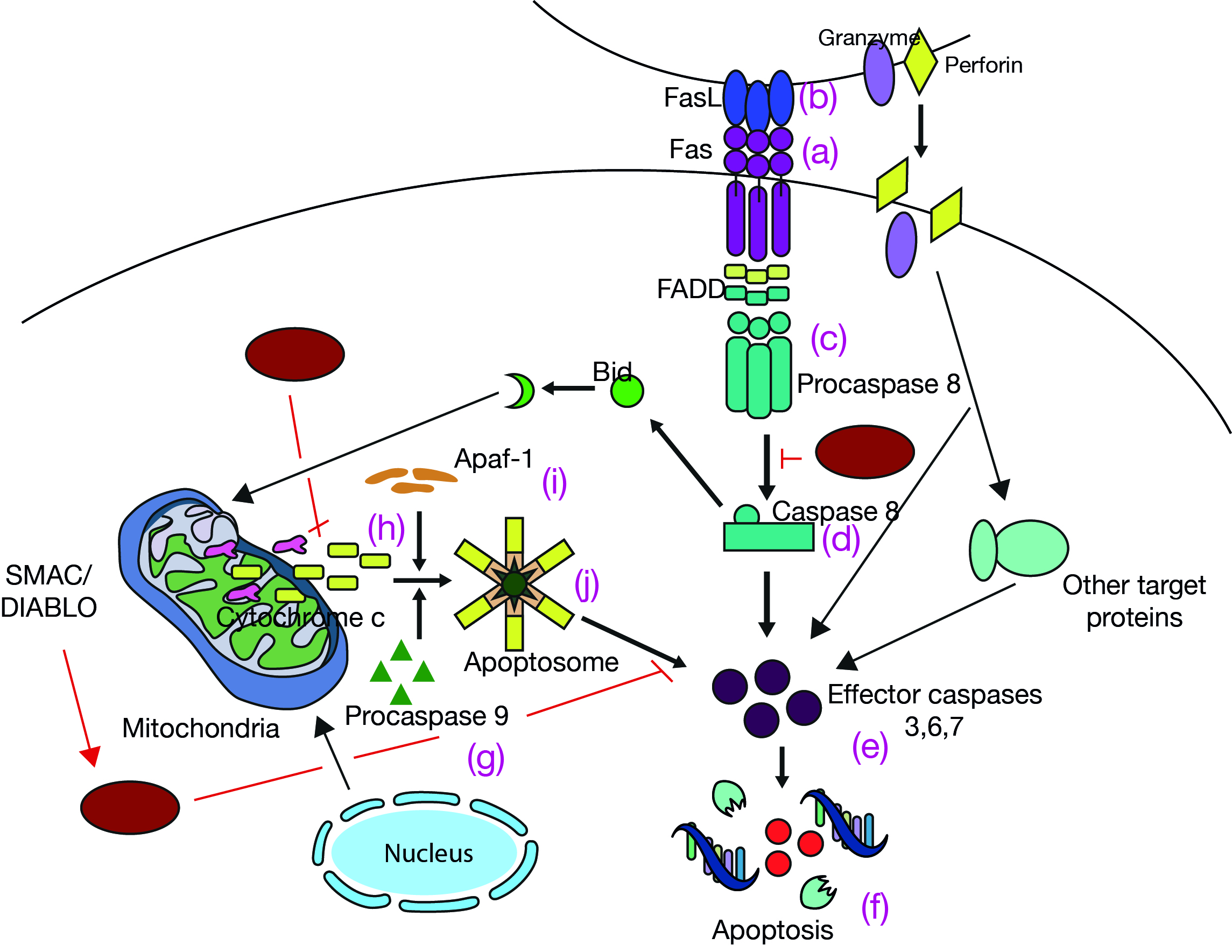
The proapoptotic pathway Fas/FasL-caspase-3. This simplified diagram shows the multiple influencing factors and interdependence with other elements.
Here it is worth mentioning that Endoluten®, a short chain peptide bioregulator, (developed by Prof Khavinson – see the Peptide Bioregulator Revolution book), can increase the levels of melatonin synthesis in older people, which shows the potential of bioactive peptides in restoring changes caused by aging (5).
Diet and Nutrients
Recently, researchers have identified a decreased risk of ARMD in people who follow a Mediterranean or an Oriental diet, and an increased risk in those who follow a typical Western diet (6).
Vegetables and fish oils where beneficial whereas a high glycemic diet was detrimental. But things get a little confusing when we consider the results on another large study of the effects of nutrition on ARMD. Here, it was found that consumption of fish can reduce the risk of the disease by 18%, whereas alcohol consumption increases the risk by 20%. So far, so good. But, no association (positive or negative) was found between the risk of ARMD and the consumption of vegetables, fruit, nuts, grains, fats and butter, dairy products or margarine! (7). This may send out confusing messages with regards to the ideal diet in ARMD, but the general fact remains that fish oils are beneficial, whereas a ‘bad diet’ by Western standards is detrimental.
Worth remembering
Taking oral supplements in the presence of eye conditions is not always a good thing. For example, it was shown that oral iron supplementation in people who have Age Related Macular Degeneration is associated with an increased incidence of retinal hemorrhage (8). On the other hand, oral flavonoid supplementation is beneficial for these patients. Flavonoids have antioxidant and anti-inflammatory properties. In a study, over 2000 people showed that those who use flavonoids in their diet have a reduced risk of developing ARMD in a 15 year period. Also, those who consumed one or more orange a day have a reduced risk, compared to those who don’t eat oranges. (9)
Update on N-Acetyl-Carnosine (NAC)
The fact that NAC in eye drops form (Can-C™) may be of help in cataract, has been the subject of my previous book with the title ‘The Cataract Cure’. Since the release of that book new research has clarified several of the underlying mechanisms of cataract and of the NAC mechanisms of action.
It is well known that carnosine on its own right has significant beneficial effects in the eye. Researchers have concluded that:
“The results showed that L-carnosine is a highly potent anti-glycating agent but with weak metal chelating and antioxidant properties…. L-carnosine showed a dramatic inhibition of advanced glycation end product formation…. L-Carnosine offers prospects for investigating new methods of treatment for diabetic cataract and any diseases that are caused by glycation” (10).
This month, researchers have reported that they have created solid lipid nanoparticles which carry N-Acetyl-Carnosine molecules in order to treat cataract. These nanoparticles are able to deliver NAC straight through the cornea, in a sustained released manner. Their comments were:
‘Therefore it may be concluded that (NAC nanoparticles) may revolutionize cataract treatment and reversal, by improving drug permeation, reducing toxicity and no damage to corneal tissue (11).
In general terms, the findings about NAC and carnosine, as reported in my book ‘Eyesight Saviors’ are confirmed and strengthened.
Metformin
Metformin is one of the drugs that is being investigated against several aspects of aging. This has now been found to reduce inflammation and excessive angiogenesis in diabetic retinopathy. Remember that one of the hallmarks of retinopathy is excessive formation of new blood vessels (angiogenesis) which causes several symptoms. In this experiment, metformin reduced inflammation markers such as nuclear factor kappa B p65 (NFκB p65), intercellular adhesion molecule-1 (ICAM-1), monocyte chemotactic protein-1 (MCP-1), and interleukin-8 (IL-8), as well as significantly reducing spontaneous blood vessel formation in the retina (13).
Another study confirms the protective effects of oral metformin (14). In this study, 234 patients with type 2 diabetes were examined. Those patients who were using metformin had fewer eye complications compared to the patients treated with other oral antihyperglycemic agents. The authors said:
Our results suggest that metformin may have a protective effect on ocular complications, especially glaucoma, in patients with type 2 diabetes. The effects of metformin either regarding prevention of ocular complications or ocular complications already developed in patients should be further investigated.
New and abnormal formation of blood vessels in the eye, together with spots of bleeding.
Conclusions
Certain drugs or supplements turn up again and again in our search for compounds that can help aging. The old favorites such as melatonin, metformin and carnosine have passed the test of time and appear to be supported by research, even the latest cutting-edge research.
Both patients and doctors have ample opportunities to explore compounds or other health measures that can be of help in age-related eye conditions. What is needed is a will to learn about new developments and work together in a personalized medicine framework, in order to find the right therapy for the individual patient. This article is meant to accompany and enrich my latest book ‘The Eyesight Saviors’. These two works should provide enough information for anyone who is interested in age-related degeneration affecting vision.
References
- Ma XP, Shen MY et al. Melatonin concentrations in serum of primary glaucoma patients. Int J Ophthalmol. 2018;11(8):1337-1341
- Ostrin LA. Clin Exp Optom. 2018 Aug 3. doi: 10.1111/cxo.12824. [Epub ahead of print]
- Sánchez-Bretaño A et al. Melatonin partially protects 661W cells from H2O2-induced death by inhibiting Fas/FasL-caspase-3. Mol Vis. 2017 Dec 3;23:844-852. eCollection 2017
- Chang CC et al. Protective Effect of Melatonin against Oxidative Stress-Induced Apoptosis and Enhanced Autophagy in Human Retinal Pigment Epithelium Cells. Oxid Med Cell Longev. 2018 Aug 5;2018:9015765. doi: 10.1155/2018/9015765. eCollection 2018
- Trofimova SV et al. Pineamin increased pineal melatonin synthesis in elderly people. Adv Gerontol. 2017;30(3):422-426
- Chapman NA, Jacobs RJ, Braakhuis AJ. Role of diet and food intake in age-related macular degeneration: a systematic review. Clin Exp Ophthalmol. 2018 Jun 21. doi: 10.1111/ceo.13343. [Epub ahead of print]
- Dinu M. et al. Food groups and risk of age-related macular degeneration: a systematic review with meta-analysis. Eur J Nutr. 2018 Jul 5. doi: 10.1007/s00394-018-1771-5. [Epub ahead of print]
- Song D. et al. Association between oral iron supplementation and retinal or subretinal hemorrhage in the comparison of ARMD treatment trials. Retina. 2018 Aug 28. doi: 10.1097/IAE.0000000000002295. [Epub ahead of print]
- Gopinath B et al. Dietary flavonoids and the prevalence and 15-y incidence of age-related macular degeneration. Am J Clin Nutr. 2018 Aug 1;108(2):381-387. doi: 10.1093/ajcn/nqy114
- Abdelkader H et al. On the Anticataractogenic Effects of L-Carnosine: Is It Best Described as an Antioxidant, Metal-Chelating Agent or Glycation Inhibitor? Oxid Med Cell Longev. 2016; 2016:3240261
- Wang L, Liu W, Huang X1. An approach to revolutionize cataract treatment by enhancing drug probing through intraocular cell line. Libyan J Med. 2018 Dec;13(1):1500347
- Wang Y et al. Biosynthesis, characterization and cytotoxicity of gold nanoparticles and their loading with N-acetylcarnosine for cataract treatment. Journal of Photochemistry and Photobiology 2018, 187;180-183
- Han J. et al. Metformin suppresses retinal angiogenesis and inflammation in vitro and in vivo. PLoS One. 2018 Mar 7;13(3):e0193031
- Maleškić S. et al. Metformin use associated with protective effects for ocular complications in patients with type 2 diabetes – observational study. Acta Med Acad. 2017 Nov;46(2):116-123. doi: 10.5644/ama2006-124.196
